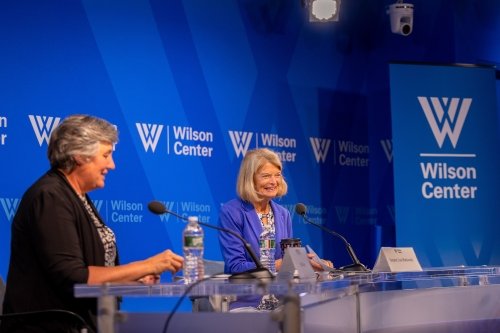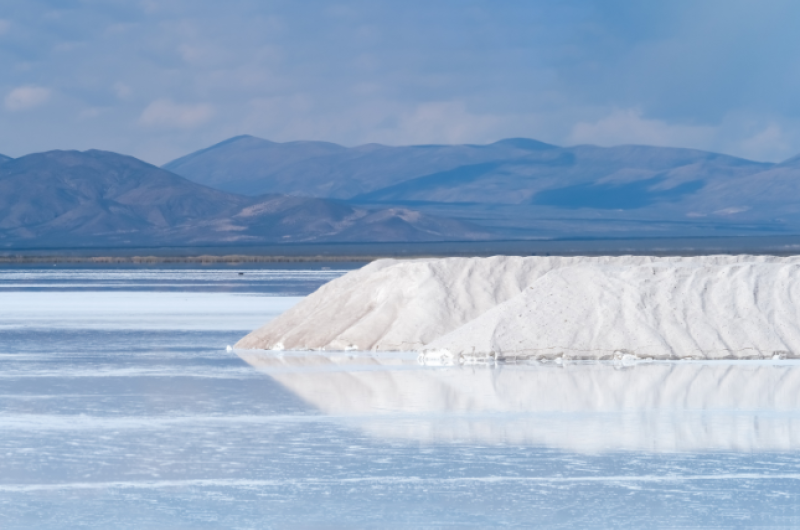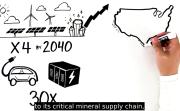Critical Minerals in the Arctic
Addressing the United States’ Critical Minerals Challenge
In today's era of technological advancement, securing a stable supply of critical minerals is a pressing challenge for the United States. These minerals are indispensable for renewable energy systems, electric vehicles, and advanced electronics, making them crucial for both economic competitiveness and national security. However, the heavy concentration of production, especially in China, poses significant risks such as supply disruptions and geopolitical tensions.

The Arctic presents a promising solution to this challenge, with Alaska holding vast deposits of critical minerals like zinc, graphite, tin, and rare earth elements. Despite this potential, the United States heavily relies on foreign countries for initial processing, underscoring the need for investment in domestic or allied processing capabilities. As global demand for critical minerals continues to rise due to factors like population growth and the shift to sustainable energy, urgent strategic action is required.
In July 2023, the Wilson Center, the University of Alaska, the Arctic Energy Office of the Department of Energy, and the RAND Corporation convened a collaborative effort to address this challenge through a two-day dialogue on critical minerals in the North American Arctic. With a focus on generating actionable policy recommendations, the workshop involved individual working sessions, a risk prioritization exercise, and public keynote sessions. The discussions produced six policy briefs covering key challenges to critical minerals security in the United States, including community ownership, financing, infrastructure, regulatory frameworks, supply chains, and workforce.
Critical Minerals Policy Briefs
-
Community Ownership
-
Financing
-
Infrastructure
-
Regulatory Frameworks
-
Supply Chains
-
Workforce

The complex critical minerals problem facing the United States demands a comprehensive approach. The Critical Minerals Policy Briefs provide a roadmap for sustainable development—emphasizing collaboration, community engagement, and strategic government involvement. By implementing these policy recommendations, the United States may only reduce its dependence on foreign sources but also emerge as a global leader in responsible and sustainable critical mineral development. The journey towards a secure and resilient future begins now.
Related Content
Critical Minerals in the Arctic: Forging the Path Forward

